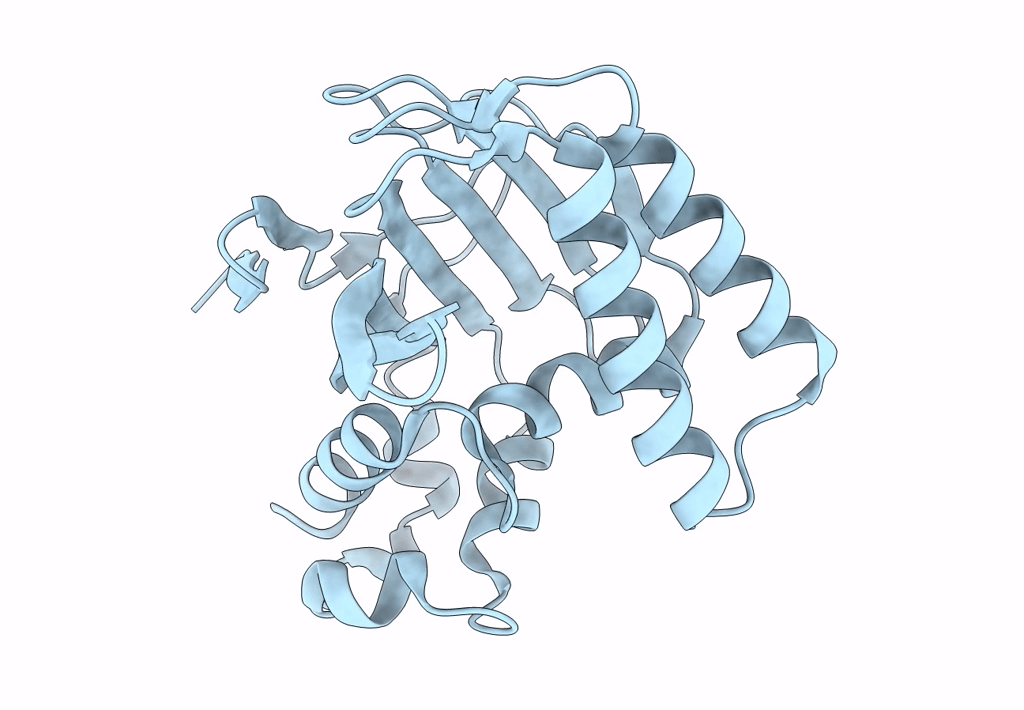
Deposition Date
2022-07-07
Release Date
2023-05-10
Last Version Date
2023-11-22
Entry Detail
PDB ID:
8DLD
Keywords:
Title:
Crystal structure of chalcone-isomerase like protein from Physcomitrella patens (PpCHIL-A)
Biological Source:
Source Organism:
Physcomitrium patens (Taxon ID: 3218)
Host Organism:
Method Details:
Experimental Method:
Resolution:
1.85 Å
R-Value Free:
0.22
R-Value Work:
0.18
R-Value Observed:
0.18
Space Group:
C 1 2 1


